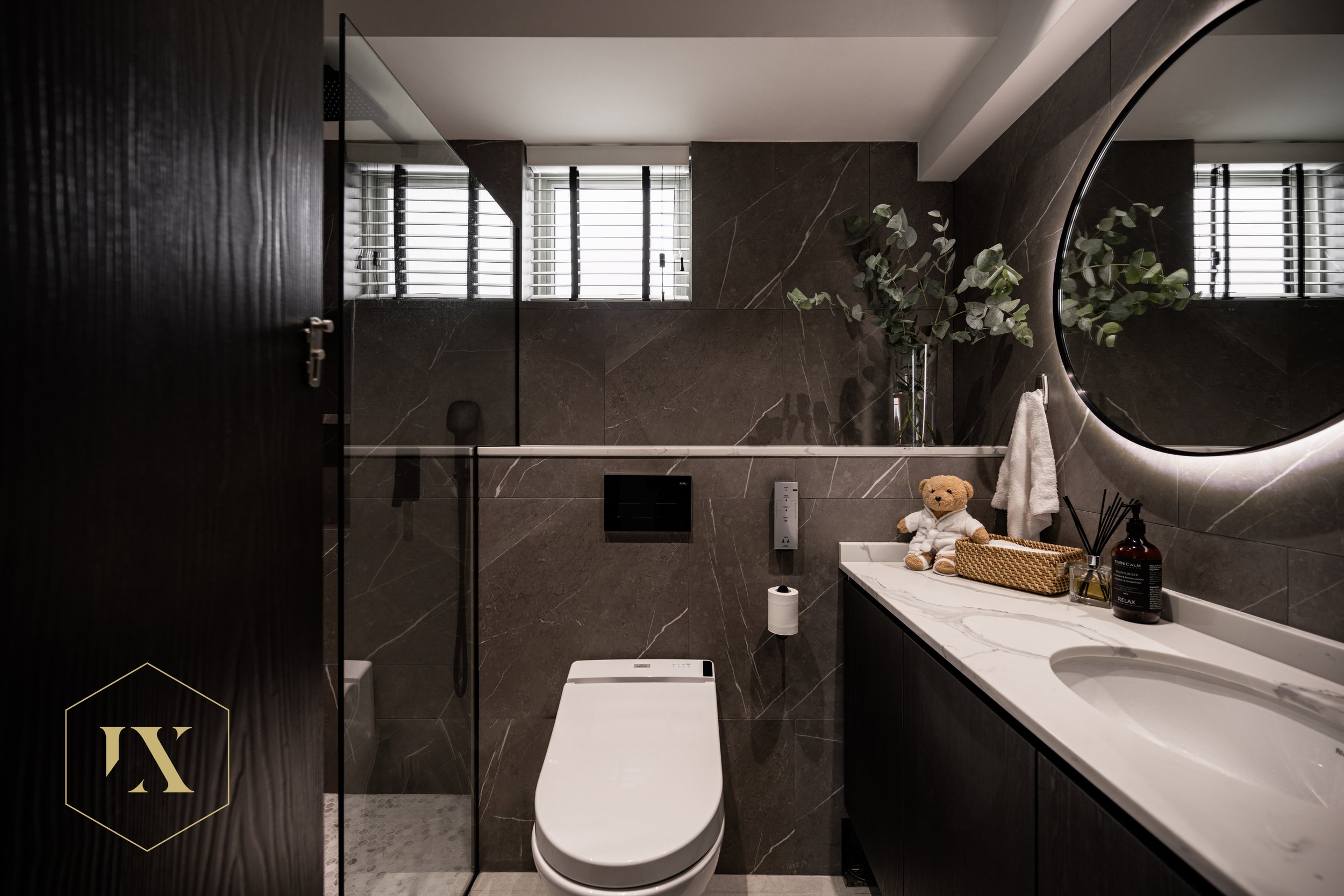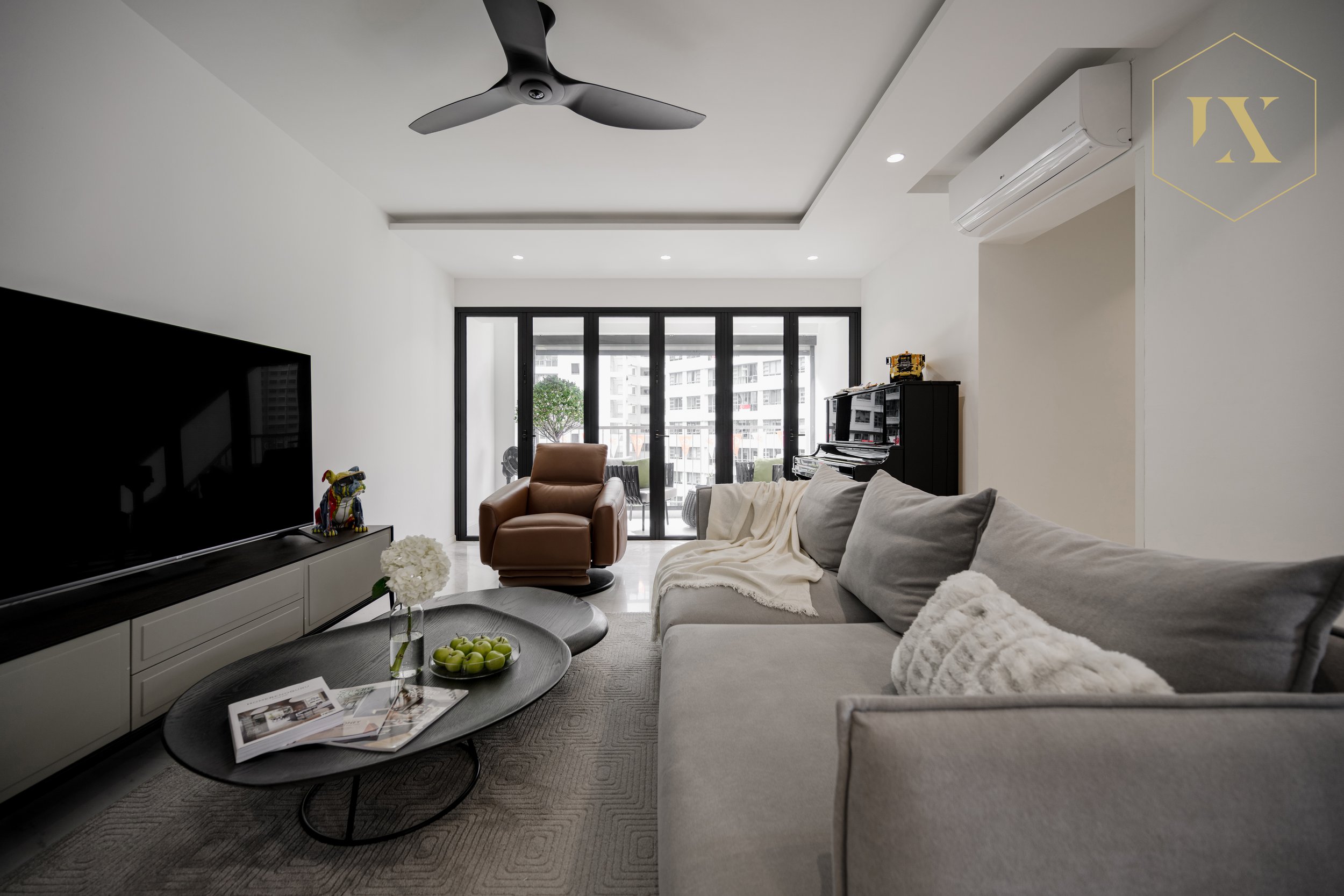Residential Space Planning and Layout Design in Singapore: A Fusion of Tradition and Modernity
Singapore, often referred to as the "Lion City," is a remarkable example of urban planning and design excellence. This tiny island nation in Southeast Asia has transformed itself from a small fishing village into a global metropolis, with a population of over 5 million people. The residential space planning and layout design in Singapore play a pivotal role in accommodating this dense population while maintaining a high quality of life. In this essay, we will explore the unique challenges and innovative solutions that shape residential space planning and layout design in Singapore, reflecting a fusion of tradition and modernity.
Also Read —>> interior design for bedroom
I. Context and Urbanization
To understand residential space planning in Singapore, it is essential to consider the city-state's context and rapid urbanization. Singapore is known for its limited land area, which has led to a vertical approach to urban development. The country has prioritized efficient land use, resulting in high-rise residential buildings, mixed-use developments, and carefully planned neighborhoods.
Public Housing and HDB
One of Singapore's most notable achievements is its public housing program, managed by the Housing and Development Board (HDB). HDB flats, often located in housing estates, house more than 80% of the population. These flats come in various sizes and designs, catering to different household needs and income levels. The layout of HDB flats is meticulously planned to maximize space, promote community engagement, and provide essential amenities within the neighborhood.
Private Residential Developments
In addition to public housing, Singapore boasts a diverse range of private residential developments, including condominiums, landed houses, and luxury apartments. These developments often emphasize architectural innovation, exclusive amenities, and unique layouts to cater to a more affluent demographic. However, they must also adhere to strict planning guidelines to ensure harmony with the urban landscape.
II. Cultural Influences on Residential Design
Singapore's rich cultural heritage plays a significant role in shaping residential space planning and layout design. The nation's multicultural society, consisting of Chinese, Malay, Indian, and various other ethnic groups, has resulted in diverse housing styles and interior designs.
Peranakan Influence
The Peranakan culture, a unique blend of Chinese and Malay traditions, has left a lasting impact on Singaporean residential design. Peranakan homes are characterized by intricate details, vibrant colors, and ornate furniture. Today, modern interiors often incorporate elements of Peranakan design, such as colorful tiles, wooden carvings, and antique furniture, to create a sense of heritage and nostalgia.
Feng Shui Considerations
Feng Shui, an ancient Chinese practice that seeks to harmonize individuals with their surroundings, heavily influences residential design in Singapore, particularly in Chinese-majority communities. Homes are often designed with careful attention to the arrangement of furniture, placement of doors and windows, and the flow of energy (Qi). This belief in harmonious design not only affects the layout but also the choice of materials and colors.
III. Modern Challenges and Innovations
As Singapore continues to evolve, it faces modern challenges that require innovative solutions in residential space planning and layout design.
Sustainability
In recent years, sustainability has become a central concern in urban planning and residential design. Singapore, with its limited resources and vulnerability to climate change, has made significant strides in incorporating sustainability into its residential spaces. Green building technologies, rainwater harvesting, and energy-efficient design principles are increasingly common in new developments. The integration of green spaces and rooftop gardens also contributes to a more sustainable and livable urban environment.
Smart Homes
The concept of smart homes is gaining traction in Singapore, with residential spaces being designed to accommodate the latest technological advancements. These include automated lighting, climate control, security systems, and even integrated home offices to meet the demands of remote work. Such innovations not only enhance convenience but also improve energy efficiency and security.
Also Read —>> singapore bathroom design
IV. Future Trends and Adaptations
Looking ahead, several trends are likely to shape residential space planning and layout design in Singapore.
Aging Population
Singapore, like many developed nations, faces an aging population. This demographic shift will necessitate changes in residential design to make homes more elderly-friendly. Features such as wider doorways, grab bars, and step-free entrances will become more prevalent. Additionally, multi-generational living arrangements may see a resurgence, leading to flexible space planning to accommodate various family structures.
Flexible Spaces
The concept of flexible spaces is gaining momentum as people increasingly seek adaptability in their homes. Residential layouts are likely to incorporate movable partitions, convertible rooms, and modular furniture to cater to changing needs. This trend aligns with the desire for homes that can transform to accommodate work, leisure, and social activities seamlessly.
V. Conclusion
Home space planning and layout design in Singapore offer a fascinating glimpse into the intersection of tradition and modernity. Despite the challenges posed by limited land resources and a diverse population, Singapore has managed to create well-designed and functional living spaces that reflect its cultural heritage while embracing sustainability and technological innovation. As the city-state continues to evolve, the principles and practices of residential space planning will adapt to meet the ever-changing needs of its residents, ensuring that Singapore remains a shining example of urban development for the world to admire.
Experience the transformative power of interior design with IdeasXchange! Our team of experts is dedicated to turning your living spaces into captivating works of art. From conceptualizing innovative design concepts to meticulously executing every detail, we're here to bring your vision to life. Say goodbye to the mundane and hello to a home that exudes your unique style and personality. Contact IdeasXchange today and embark on a journey to redefine luxury and comfort within your own four walls.




